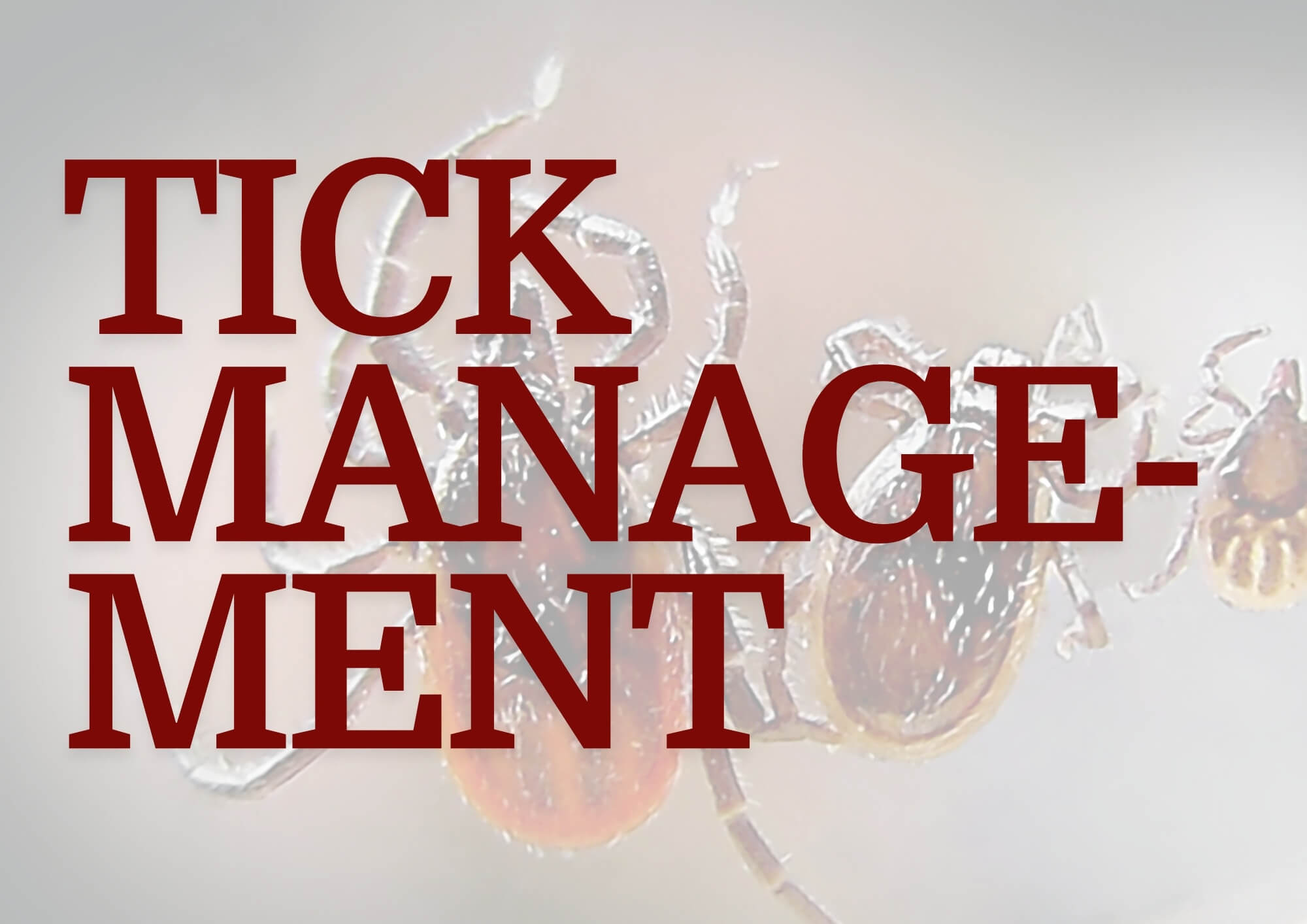Ticks are far more than a minor irritation – they are a major threat to cattle health, productivity, and profitability. As exotic tick species spread and pesticide resistance grows, an integrated approach to tick control has become more important than ever, says Thapelo Kgosi Ramokala, Animal Health Specialist at Beefmaster Group.
“Ticks are among the most important external parasites affecting livestock in South Africa,” says Ramokala. “They cause direct harm by sucking blood and irritating the skin, and they also transmit serious tick-borne diseases that can devastate herds.”
Common Tick Species and the Diseases They Spread
South African beef cattle are affected by a range of tick species, including:
- Blue tick (Rhipicephalus decoloratus) – spreads redwater (babesiosis) and anaplasmosis (gallsickness)
- Bont ticks (Amblyomma hebraeum and A. variegatum) – transmit heartwater
- Brown-ear tick (Rhipicephalus appendiculatus)
- Karoo paralysis tick (Rhipicephalus evertsi evertsi)
- Asian blue tick (Rhipicephalus microplus) – an invasive species spreading rapidly across southern Africa
- Hyalomma ticks (Hyalomma marginatum, H. rufipes, H. truncatum) – can cause tick toxicosis and transmit Crimean-Congo haemorrhagic fever
“Hard ticks such as R. microplus and A. hebraeum are particularly dangerous because they transmit multiple diseases that can affect both livestock and humans,” Ramokala notes.
Understanding tick life cycles is key to effective management. “One-host ticks like R. microplus complete their entire lifecycle on a single animal and can be controlled with strategic dipping,” he explains. “Three-host ticks like A. hebraeum drop off between life stages, making them harder to control.”
Chemical Control: Still the First Line of Defence
Acaricides remain the most widely used tools for controlling tick infestations. They can be applied via dipping tanks, spray races, pour-ons, or injectables.
“Rotating between acaricide classes such as organophosphates, amidines, pyrethroids, and macrocyclic lactones is essential to slow down resistance,” says Ramokala.
He also stresses the importance of strategic dipping. “Over-dipping prevents cattle from developing natural immunity, while dipping too infrequently allows ticks to multiply. The key is balance and consistency.”
The Growing Threat of Acaricide Resistance
Ticks in South Africa have developed resistance to nearly all major acaricide groups – a serious challenge driven largely by overuse, underdosing, and poor rotation practices.
“Many farmers use the same product repeatedly or dip at irregular intervals,” warns Ramokala. “This reduces effectiveness, forces more frequent treatments, and worsens the resistance problem.”
To manage resistance, farmers should:
- Rotate acaricides by chemical class
- Use combination treatments where appropriate
- Monitor dip-wash concentrations to avoid underdosing
- Follow label instructions precisely
Non-Chemical Control Methods
Non-chemical approaches can play a valuable role in an integrated tick management plan, especially as chemical resistance increases.
Pasture management: Rotational grazing and veld resting help reduce tick populations by interrupting their life cycles.
- Breed selection: Indigenous breeds such as Nguni and Afrikaner cattle have higher natural resistance to ticks than exotic breeds.
- Biological control: Natural predators such as birds, ants, and fungi can help reduce tick numbers without the use of chemicals.
“Farmers often overlook these strategies,” says Ramokala, “but they can make a real difference when combined with smart chemical use.”
Looking Ahead: Building a Sustainable Tick Control Strategy
Ramokala believes that acaricide resistance poses one of the greatest threats to sustainable beef farming in South Africa. Limited resources in communal farming areas make structured tick control even more difficult.
“Future tick management will depend on the development of vaccines against ticks and tick-borne diseases, better farmer training, and integrated management programmes tailored to both smallholder and commercial farmers,” he concludes.
Farmers need to understand their farm’s specific tick challenges, including the dominant species and their seasonal patterns, to plan effective and sustainable control regimes.






